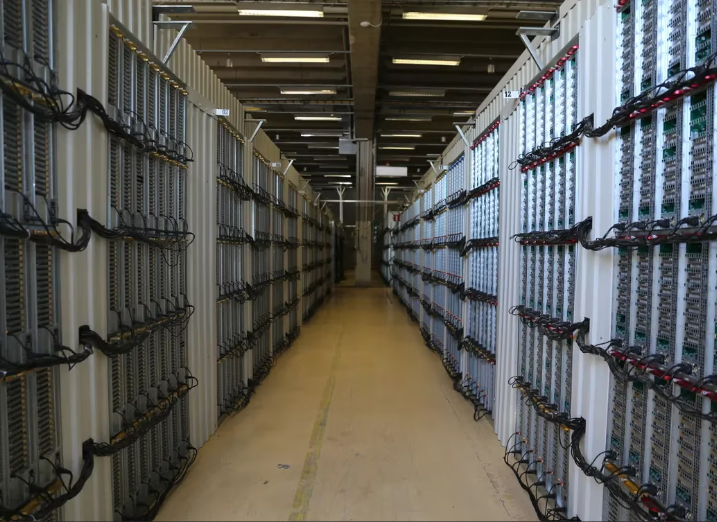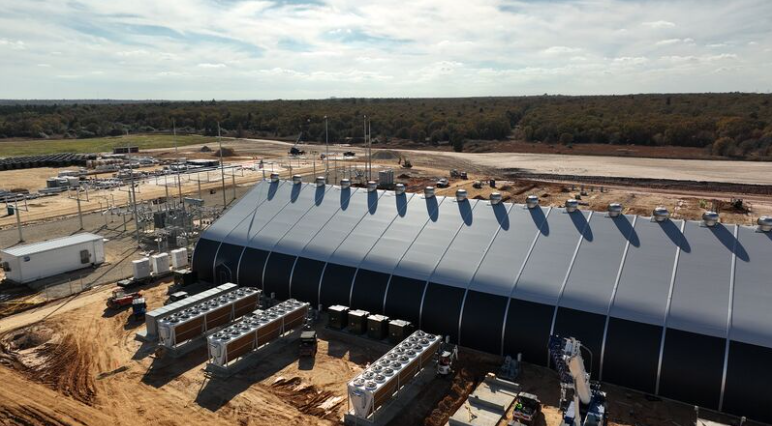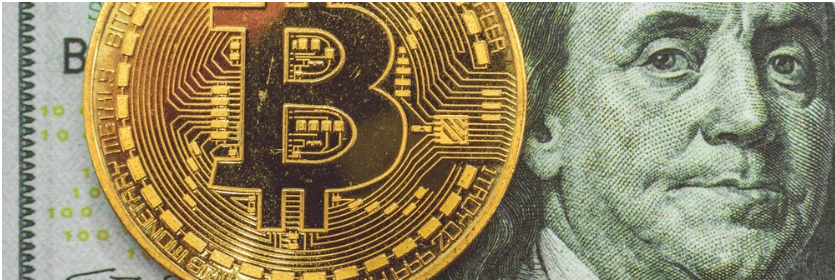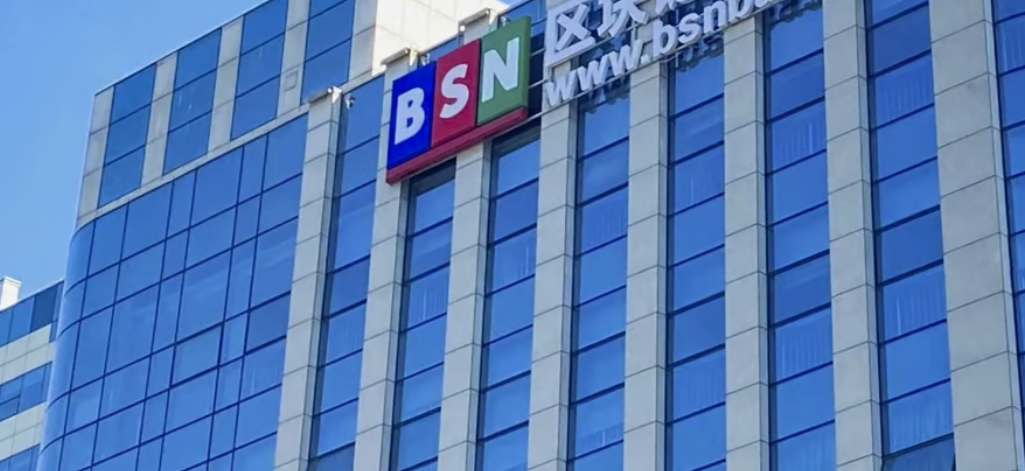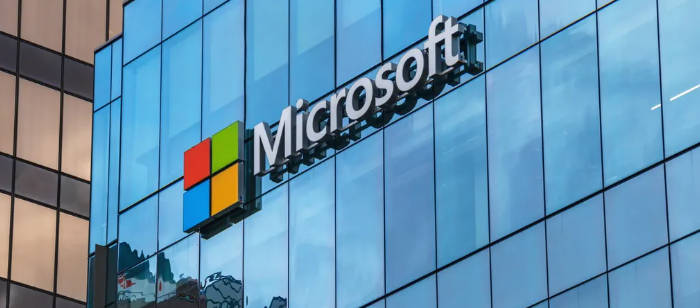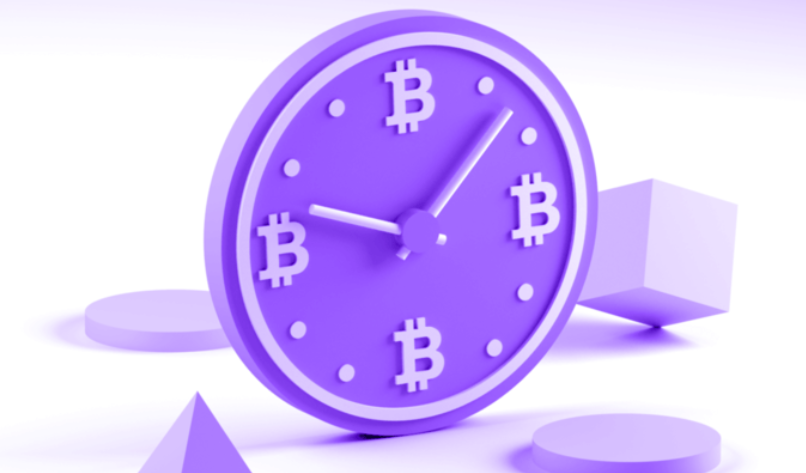Since Satoshi Nakamoto published his white paper on Bitcoin, blockchain technology has caught the attention of the public, and for very good reason. Fast forward to 2022, it is currently being used literally everywhere. The main intention behind the invention of the blockchain was to achieve transactions in a trustless environment, where no matter how powerful a single entity is, they cannot intrude on or alter the information recorded on the blockchain.
However, in order to achieve this level of security and decentralization, the speed of transactions had a major impact, causing blockchains to be notorious for their low scalability. While many have been playing around with different consensus algorithms to increase the speed at which these transactions are recorded, this always seems to come at the cost of security and/or decentralization. A blockchain requires nodes to verify the transaction and therefore can cost quite a bit in terms of transaction fees.
However, in due time, there have been major technological advances to solve scalability problems. Many hold up Tangle as a suitable alternative, for example.
You may have already heard of Tangle, but does it really have an advantage over blockchain technology in the Tangle vs. blockchain debate? Find out in this post!
What is Blockchain?
If you don’t know what blockchain is or how it works, here is a quick refresher for you.
Think of it like a digital ledger, consisting of all the transactions that occur within your network, that is protected using cryptography. Every time a set of new transactions occurs, a new block is created and added to the system, linked after the previously created blocks.
Blockchain literally is a chain of digital blocks. Each individual block has a unique link to the previous block, thus maintaining a complete history of all transactions.
All of these transactions are verified by some nodes in the network (called “miners” in proof-of-work chains like Bitcoin, and as compensation for this effort, they are rewarded with fees). Once the transaction is verified, a block is created and added to the chain. Every node on the network has a copy of this chain, making it impossible to alter or prevent transactions in any way.
Advantages of Blockchain
- Security: Blockchain is one of the most secure ways to store data. Once in the system, the data cannot be modified, altered or deleted in any way. Even if one attempts to tamper with the blocks, the hash code (unique identifier for each block) will also change, making it easier to identify the tampering. For a person to try to take over, say, the Bitcoin network, they need to control 51% (or more) of the network’s computing power, which is quite an impossible task.
- Decentralization – Blockchain creates an environment where a user does not need to trust a single entity to ensure that their transaction has gone through. There is no entity that governs and maintains the blockchain.
- Immutability – Data entered into the blockchain cannot be edited or tampered with, and is permanent.
Disadvantages of Blockchain
- Transaction Speed – To achieve this level of security, on the blockchain, every transaction must be verified by miners, making this a slow process.
- Scalability – With each transaction, the size of the blockchain increases, and each node must maintain a copy of the blockchain as it grows. This is why, along with speed, scalability is also a huge problem in blockchains. Many developers are trying to solve this by using blockchain layers.
- Power consumption: Although the world is currently moving towards energy efficiency consensus algorithms, the popular proof-of-work mechanism is one of the most energy demanding systems in the world.
What is Tangle?
Like Blockchain, Tangle also creates a trustless decentralized environment to record and maintain transactions. However, instead of the straight line of chains in the case of the blockchain, Tangle uses a “directed acyclic graph”.
Tangle supports IoT deployment: interrelated devices can operate and communicate seamlessly within the network, without the need for human or IT intervention.
No miners are required on the Tangle network, so transaction speeds are accelerated and network fees are reduced.
Advantages of Tangle
- Lack of miners: Since no miners are needed, no one needs to pay a part of the network fees or any kind of reward. Also, transactions are faster this way.
- Scalability: Tangle is highly fluid and scalable. Data is carried in small units, making even microtransactions easy and efficient to record.
- IoT Support – If your use case requires operating devices to interact and communicate with each other without the involvement of humans or computers, Tangle is a no-brainer.
Disadvantages of Tangle
- Security: Tangle is not as secure as a blockchain network. Unlike blockchains, where more than 50% of the nodes have to go rogue to launch an attack, even a 34% attack can make it easier to control an entire Tangle network.
- Centralized nature: Tangle uses a central coordinator node that acts as a checkpoint to ensure the validity of transactions.
- Lack of support for DApps – While decentralized applications may exist within the blockchain, the Tangle network does not have such support.
Tangle vs Blockchain Technology: How is Tangle Different From Blockchain?
While both the Tangle and the Blockchain attempt to create a trustless network for recording transactions, they take a fundamentally different approach to achieving it. Let’s take a look at these differences that fuel the debate between Tangle and blockchain.
1. Structure
Blockchain is a series of cryptographically connected linear blocks of data. Tangle, however, is a group of data strings that are intertwined (read “entangled”) with each other. To carry out a transaction in Tangle, it is enough to verify the two previous transactions.
2. Security
Blockchain is immutable and more secure, compared to Tangle. While a 51% attack is necessary to take over a blockchain network, even a 34% attack is enough to take over a Tangle network.
3. Decentralization
Blockchain is 100% decentralized. It makes use of computing nodes around the world, and no entity can monitor, authorize, or prevent blockchain transactions.
Tangle, although labeled as “decentralized”, uses something called a central coordinator node as a checkpoint to verify the validity of transactions. Tangle definitely turns out to be more centralized in the blockchain vs. Tangle debate.
What Data Structure is Required for The Tangle Technology?
While we’ve covered this sparingly before, the directed acyclic graph is the data structure required for the Tangle technology to work. As mentioned above, Tangle does not store data in a linear fashion. Imagine a tree, with branches intertwined with each other: this is what a DAG looks like. Past transactions cannot be used in DAG to verify present/future transactions. Instead, each new transaction verifies two previous transactions, making it much more streamlined.
What are the Different Use Cases of Blockchain Technology?
In addition to the obvious use case of money transfer, here are some of the popular use cases of Blockchain technology
- Non-fungible tokens
- Decentralized Applications
- Logistics
- Banking and Finance
- Healthcare and Pharma
- Insurance
Tangle Technology vs Blockchain
Now that we have seen the definitions of the two technologies, their applications, let’s move on to the actual debate of Tangle vs blockchain. Is Tangle better than blockchain? Has Tangle solved the infamous blockchain trilemma (spoiler alert: no, Tangle has picked up speed at the cost of security and decentralization)?
The answer is quite simple: it really depends on your use case. Let’s look at their differences based on these key factors:
1. Decentralization
If decentralization is what convinced you to migrate to blockchain, then the invention and popularity of Tangle hasn’t changed anything for you in terms of where you stand in the blockchain debate. and Tangle. . Tangle is more centralized, and therefore more prone to errors and failures, compared to the blockchain network.
DApps simply do not exist on the Tangle network, and you will have to rely on blockchains if you want to create your own DApp.
2. Transaction speed and fees
If your use case depends on fast transactions, and with little or no fees charged by users, Tangle is definitely better for you. With scalable data packages, IoT support, and zero transaction fees, Tangle is perfect for recording device-to-device microtransactions.
3. Security
If you need something immutable and tamper-proof, blockchain wins again in the Tangle vs. blockchain debate. Between the two systems, blockchain is undoubtedly the most secure technology. However, that does not mean that the Tangle network is absolutely vulnerable to hacking attempts. A 34% attack is still borderline impossible on a huge network, especially if the network scales to the size of the Bitcoin network.
4. Flexibility
Tangle is more agile, scalable and flexible thanks to the DAG data structure on which it depends. Tangle is more fluid, and with each additional node to the network, it becomes faster and more powerful, unlike the blockchain, where additional nodes make it heavier and slower.
Conclusion
While Tangle is definitely an interesting option for solving blockchain speed issues, it does so at the cost of decentralization and security. If you are looking to create a DApp that is governed by a cryptocurrency, the Tangle network has no way of achieving it as of now. However, if your goal is to create a series of interconnected devices that transact within themselves seamlessly and without transaction fees, Tangle is definitely a great option.
I hope this detailed article clears your doubts about the raging blockchain vs. Tangle debate. Follow the Shardeum blog for more informative articles and be sure to contact us on our social media if you have any questions.


